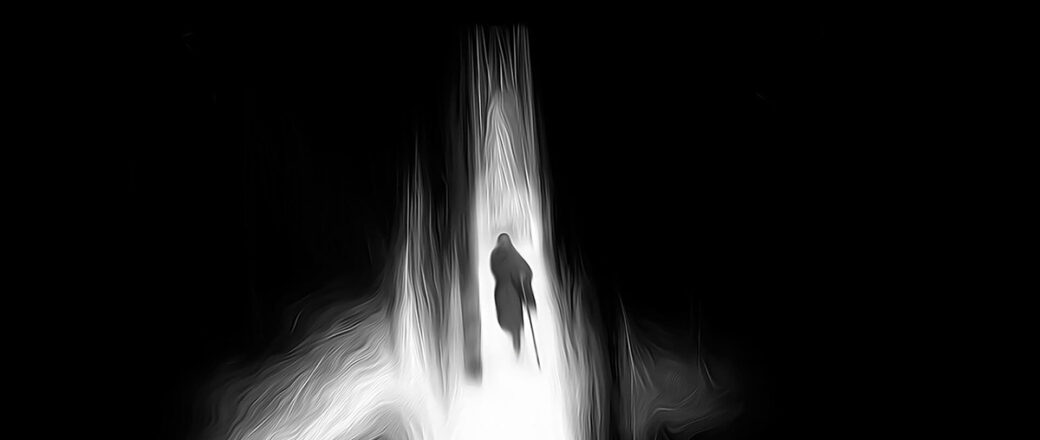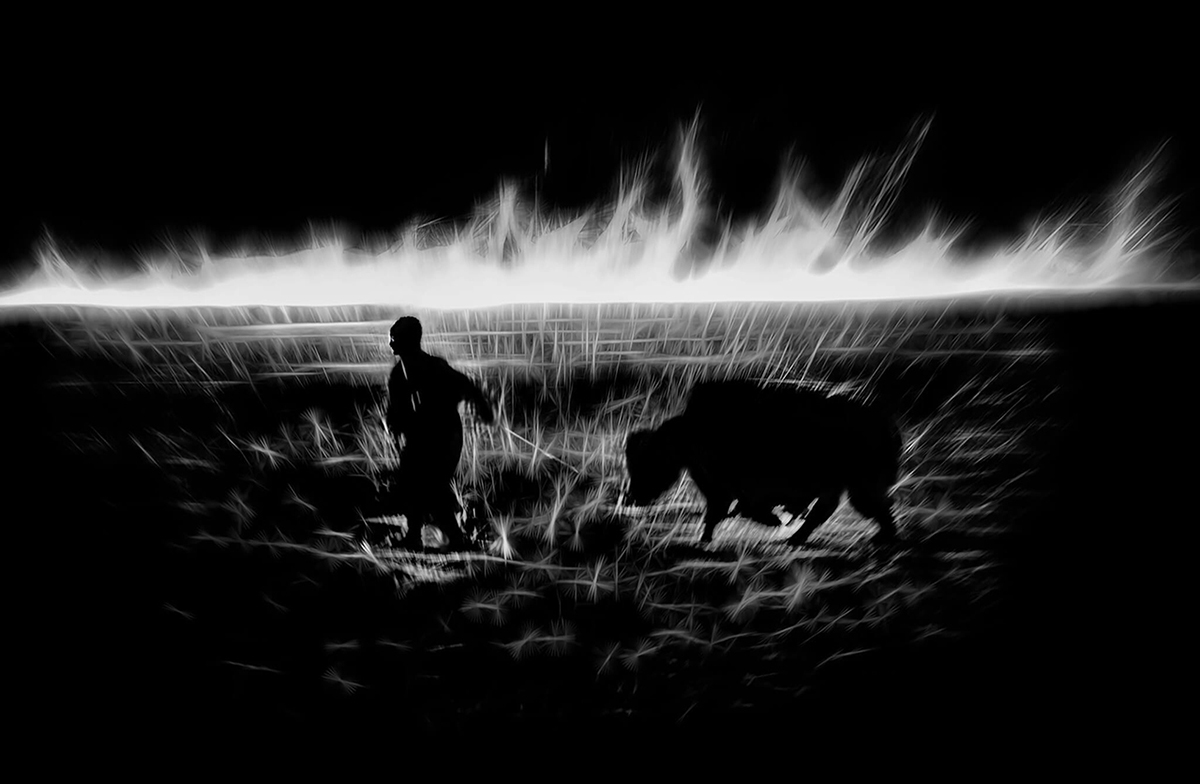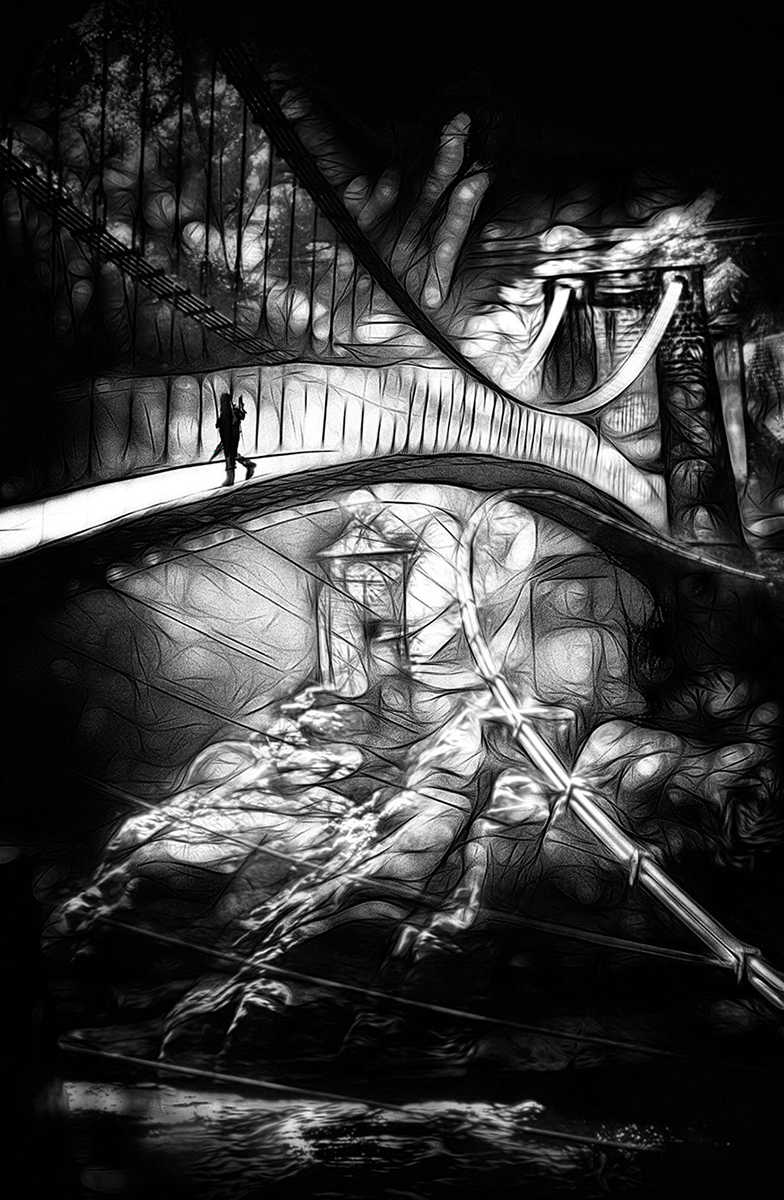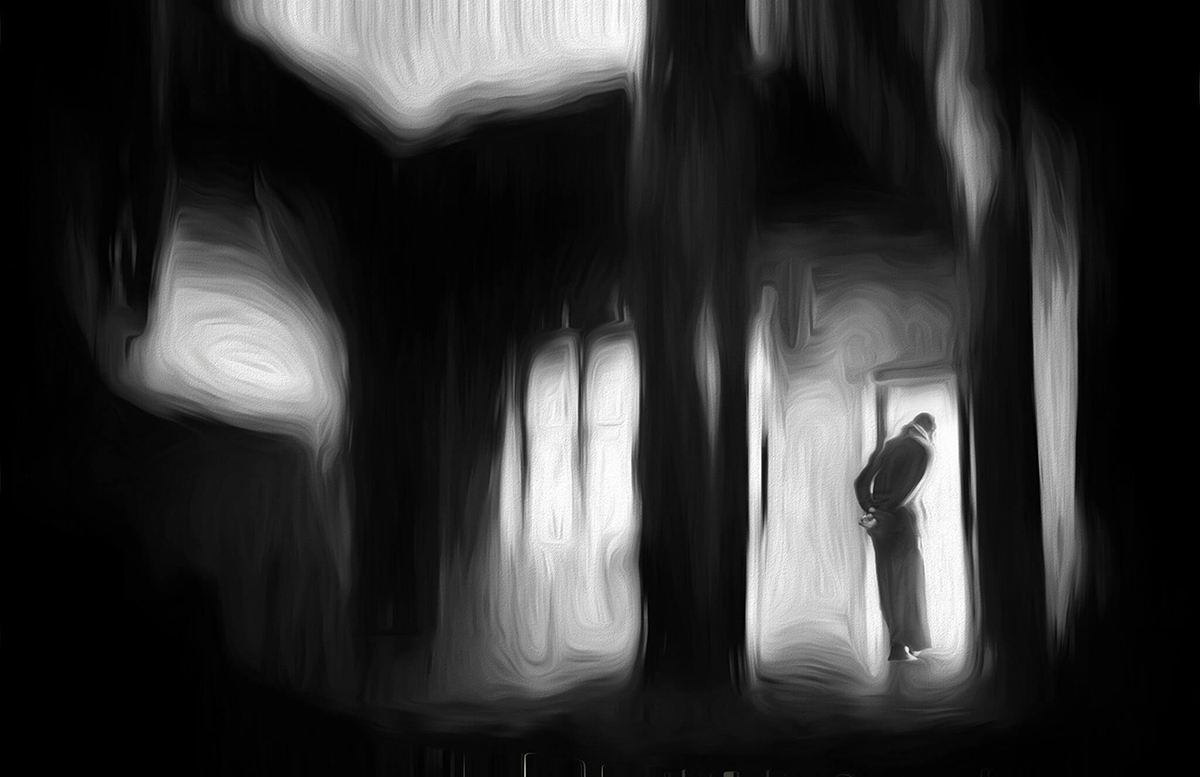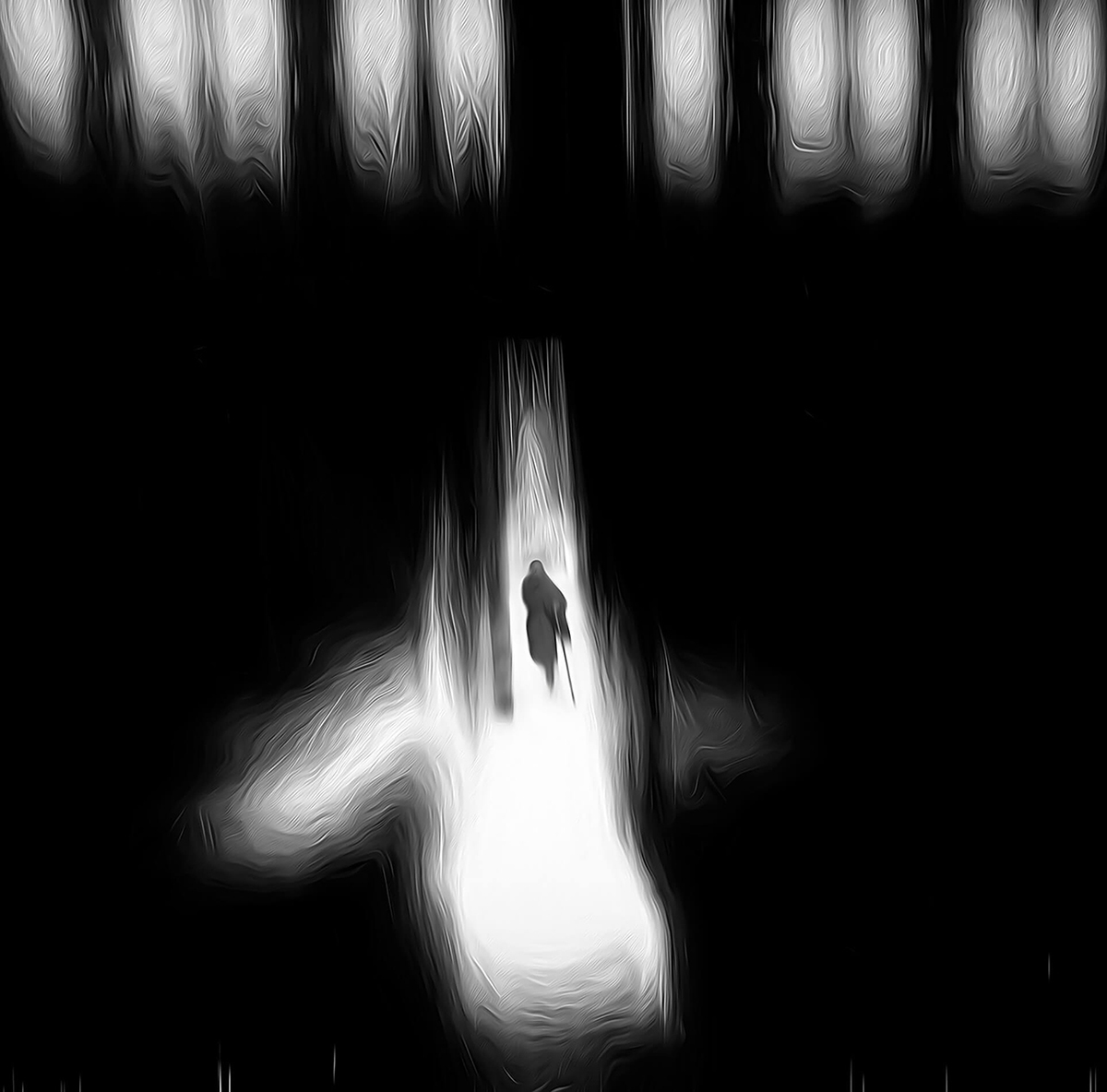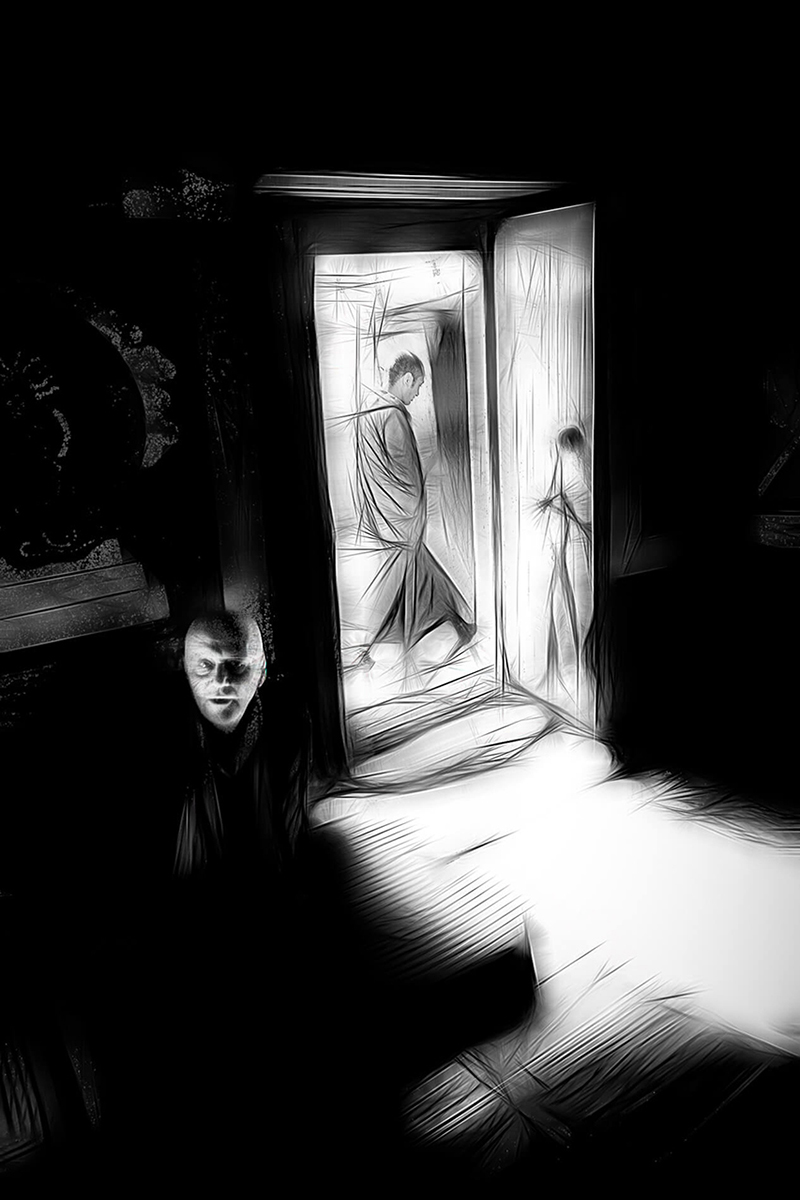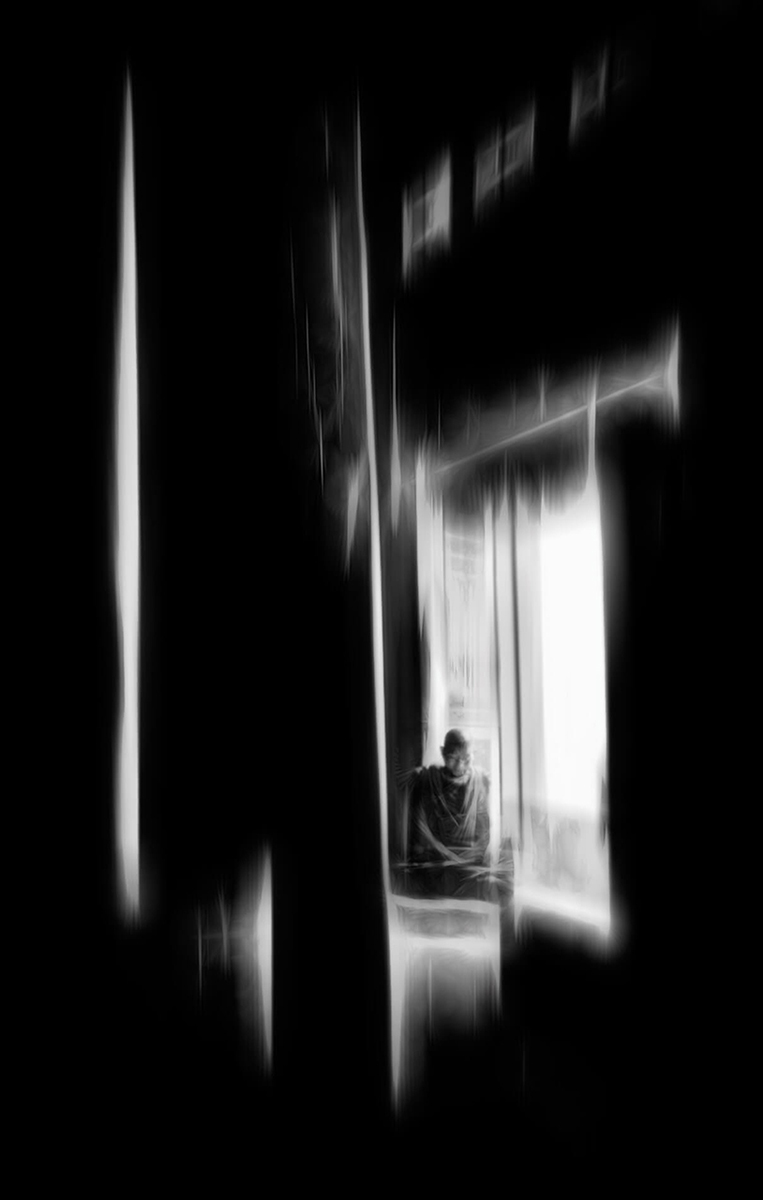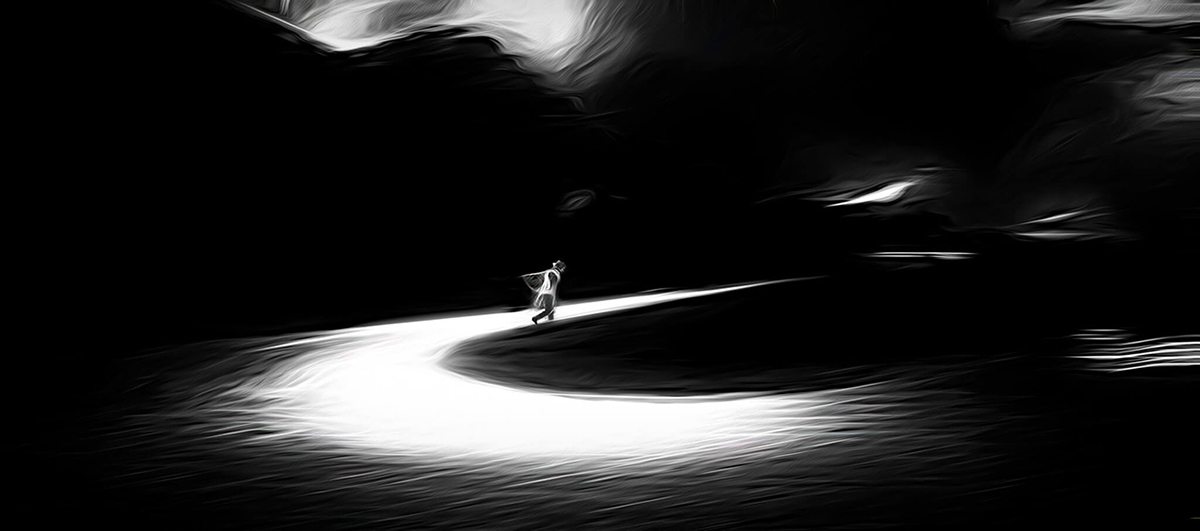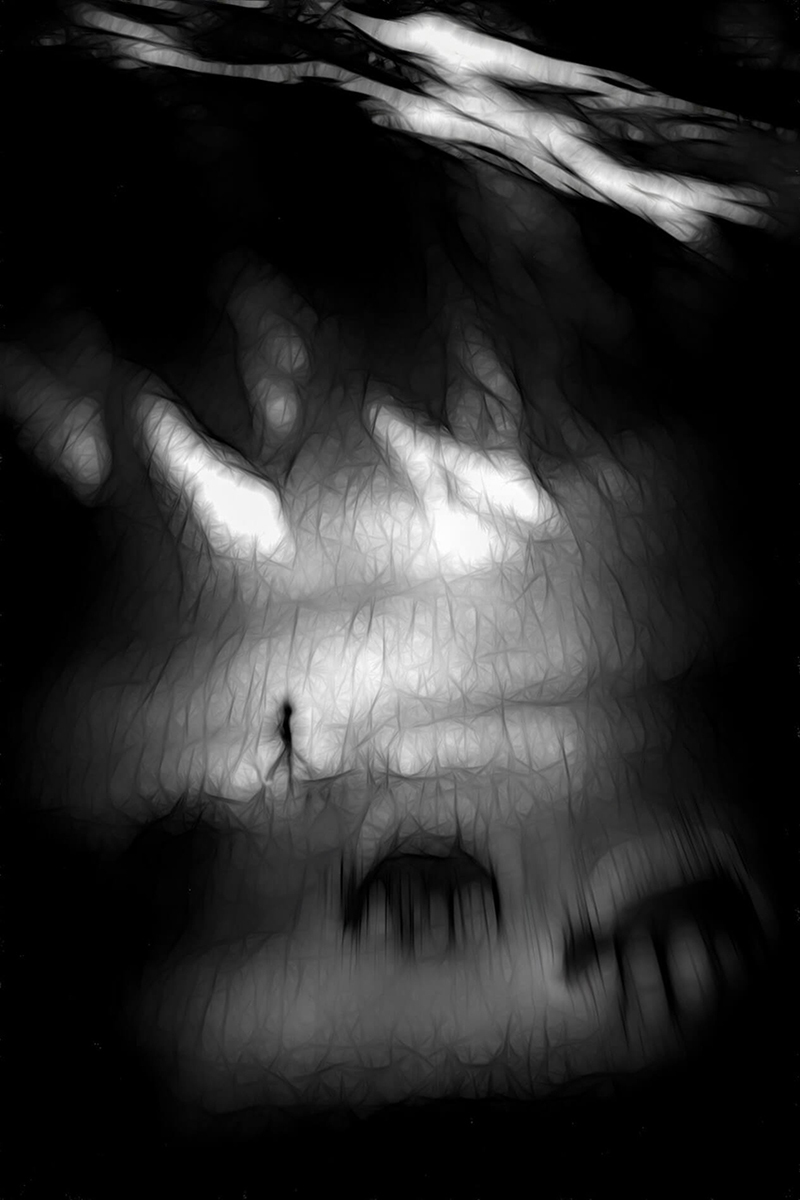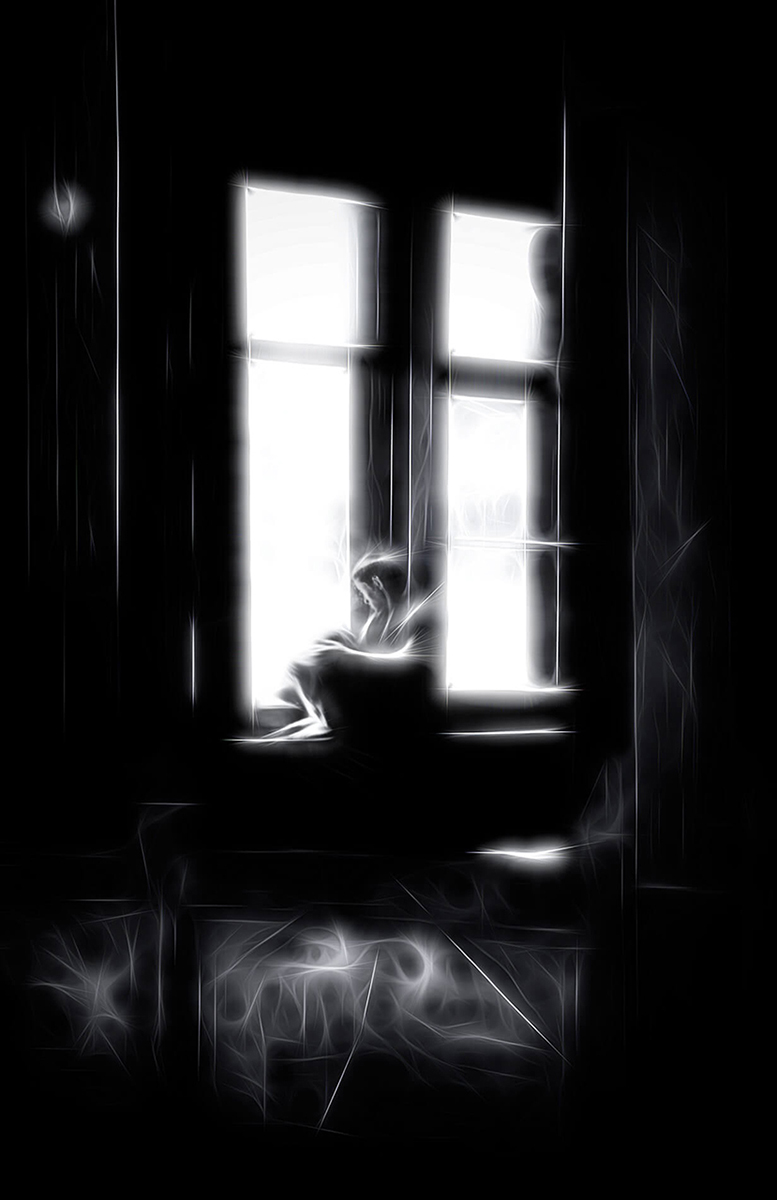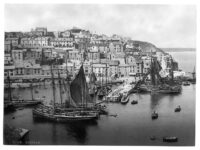– How and when did you become interested in photography?
Photography came to me as a fulfillment of a void that has plagued me since childhood because of certain family insecurities and turmoil. It started as a hobby in 1996, later to become an acute passion and profession. I studied photography at the prestigious art institute “Triveni Kala Sangam” situated in Mandi House, New Delhi. After passing out from there I started shooting product photography for all major advertising agencies in New Delhi.
– Is there any artist/photographer who inspired your art?
I was initially influenced by the style of a photographer named Frandree. But this was short lived. I got bored by the repetitiveness of his images.
– Why do you work in black and white rather than colour?
I love processing my images in black & white. Color can never do that much of justice to an image as monochrome. The feelings and emotions and play of light, which can be portrayed through black and white, can never be done in color. I do process sometimes in color but that is only need based. I recently did a story in color but that was only because the festival itself was a” festival of color” (Holi).
– How much preparation do you put into taking a photograph/series of photographs?
It takes me a fair amount of time for me to complete a story. I can easily say it takes 6-8 months to shoot and process the images of a batch of 40.
The images displayed here are the first in a series of a personal journey where I search answers to some fundamental questions about life, its meaning and purpose and then later my understanding about nature of ‘Reality’. This quest is taking me to every nook and corner of India meeting sadhus, monks, philosophers, scientists and charlatans alike. I would probably be shooting ten different stories in this section. Many are currently been shot and are now in the processing stage.
Images of this story were shot in different regions of Ladakh and Zanskar, including ancient Buddhist Monasteries dating back more than 3000 years. These monasteries are located in the remotest regions of the Indian Himalayas.
Shooting people on the streets has always fascinated me. Those strange and unknown faces with their uncharted expressions and emotions enthrall me to my very core. Going closer and closer to chaos on the Indian streets, till I myself become a part of very chaos I want to shoot, has lead me to capture my most memorable images. Each of my picture needs to tell a story on its own and also be a part of a larger story to make them all coherent. I have never had any interest in singular images no matter how good they might be.
I love spontaneously created moments and real emotions, use them to create strong artistic images and then weave them into a strong storyline. Words and images then become a formidable pair in conveying what I need to say.
Isolation resulting because of the pandemic made me search rigorously for a style which I could call entirely my own. My current work is a result of that very search. Many international magazines and galleries have published & displayed my recent work.
What initially started as stark realism in street photography has now given way to abstract, impressionist and painterly imagery. Waiting endlessly for ‘the decisive moment’ does not attract me anymore. I now like to blur out images, faces, expressions and create movement in my own way. Many a times I use Intentional Camera Movement technique where I experiment with shutter speeds varying from 1/10s to 1/30s with a horizontal / vertical movement of the camera.
I then process the images keeping in mind the mood & aesthetics of that particular image, using brushes, smudges, light and painterly effects to reach my visualized image. The lighting effect is mostly taken into consideration at the shooting stage depending on what mood I want to create. Going very close to the subject remains an integral part of my style. I can never ever forget the saying of Robert Capa “If your photos aren’t good enough, you’re not close enough.”
I have no preconceived ideas on how I would end up editing a particular image. Each image is different and my treatment to that image goes accordingly. I am very intuitive in this process and simply follow my heart. It is something like playing with a jigsaw puzzle. Somewhere in my mind I have a rough image and then I start playing with the tools at my disposal, till there comes a time when something in me says “Stop…this is it” . I then leave that edited image for some days without looking at it. After some days when I relook at that very image and I find that I invariably need to make finer adjustments. This process takes place 2-3 times till I am finally done.
Website: https://madhurdhingra.com/

